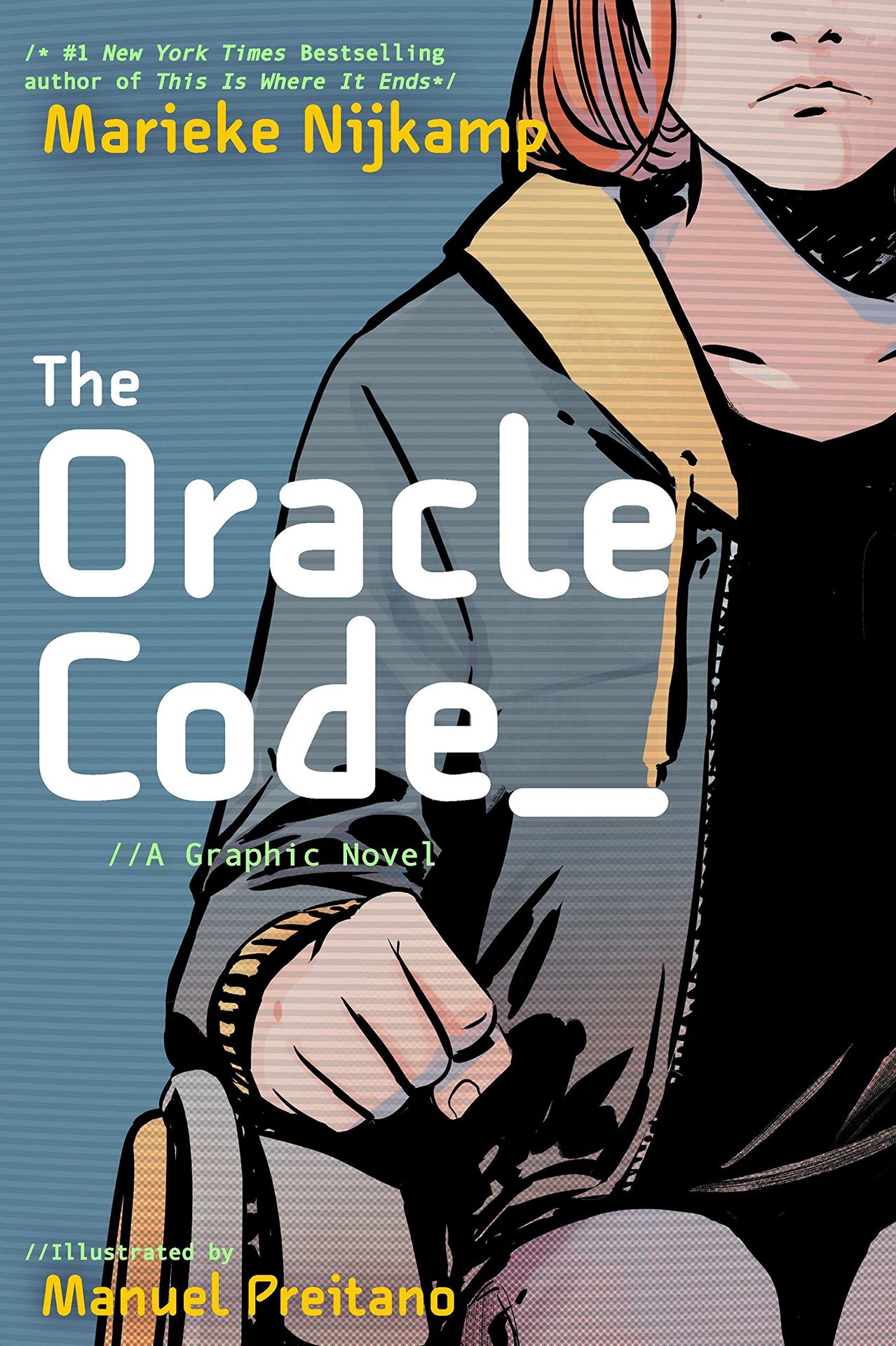The Oracle Code Brings a More Grounded, Raw Look at Barbara Gordon
- WRITER
- Marieke Nijkamp
- Artist
- Manuel Preitano
- Letterer
- Clayton Cowles
- Cover Artist
- Manuel Preitano
- Publisher
- DC Comics
- Price
- 16.99
- Release Date
- 2020-03-10
- Colorist
- Jordie Bellaire
As DC Comics has steadily reimagined its extensive library of characters through original graphic novels intended for a variety of age groups, Barbara Gordon is the latest iconic DC superhero to get reinvented for the young adult demographic in The Oracle Code. Created by best-selling author Marieke Nijkamp and fan-favorite artist Manuel Preitano, the original graphic novel revisits Barbara at her lowest point as she overcomes physical and psychological trauma to rebuild herself and reclaim her life once and for all. In doing so, the creative team has delivered one of the most raw, emotional original graphic novels in DC's line of revamped characters.
After enduring a grievous gunshot wound, a teenage Barbara is sent to the Arkham Center for Independence, a rehabilitation center for Gotham City's teenage population to recover from physical and mental ailments. As Barbara faces the reality of being paralyzed from the waist down, with all the traumatic, unresolved feelings related to her condition, she learns that the center may have sinister secrets of its own. Within the center's foreboding walls, the resourceful Barbara notices unexplained incidents and abnormalities. With her fellow patients mysteriously disappearing, the fledgling Oracle may have to get to the bottom of this new mystery before she becomes the next missing Arkham resident.
Nijkamp's previous work, the widely acclaimed prose novel This Is Where It Ends, had provided an unflinching, heartbreaking look at high schoolers confronting horrific violence in their midst. While The Oracle Code is nowhere near as brutal as its predecessor, Nijkamp's first foray into the comic book medium similarly doesn't pull its punches when it comes to depicting the emotions experienced by its protagonist. This incarnation of Barbara Gordon is more standoffish and angry than her main DC Universe counterpart but, while the character initially spends much of the story pushing her peers away, Nijkamp knows how to balance the portrayal so Barbara doesn't push away readers also -- a tricky dynamic that Nijkamp pulls off masterfully.
And whereas many writers that make the leap from prose works to the comic book medium tend to struggle with making the proceedings overly wordy and packed with exposition, Nijkamp knows when to pull back and let the artwork do the heavy lifting in terms of storytelling. The result heightens the haunting atmosphere and really gives the major emotional beats in the story the room to resonate more deeply throughout. And Nijkamp also wisely lets the familiar elements of the DCU enrich the story and characters rather than be beholden to them, largely employing them sparingly.
Preitano, who's paired here with Eisner Award-winning colorist Jordie Bellaire, has had a more prolific career illustrating indie titles but makes the leap into mainstream work effortlessly. Preitano's visual sensibilities sync up perfectly with Nijkamp's script and the collaboration makes the graphic novel feel like a creator-owned title rather than one set in an alternate DCU, save for the occasional reference to Gotham and the odd appearance by Jim Gordon. There is an understated naturalism to Bellaire's color palette, and the art team knows when to gradually dial up the sense of tension and menace as Barbara grows closer to the secrets within this vision of Arkham.
The latest DC original graphic novel weaves a spellbinding mystery about trauma, recovery and rediscovery set within an immersive new vision of Gotham City. Marieke Nijhamp's first tale in the comic book medium is more accessible than her previous prose works, and she makes the transition between fields naturally. Manuel Preitano's artwork brings the emotional edge to Barbara Gordon that has never really been seen that still stays true to the spirit of the classic character as she sets out to reclaim herself in the face of overwhelming damage. While this a full-on emotional rollercoaster, the story will leave readers wanting more tales set in this version of the DCU.

